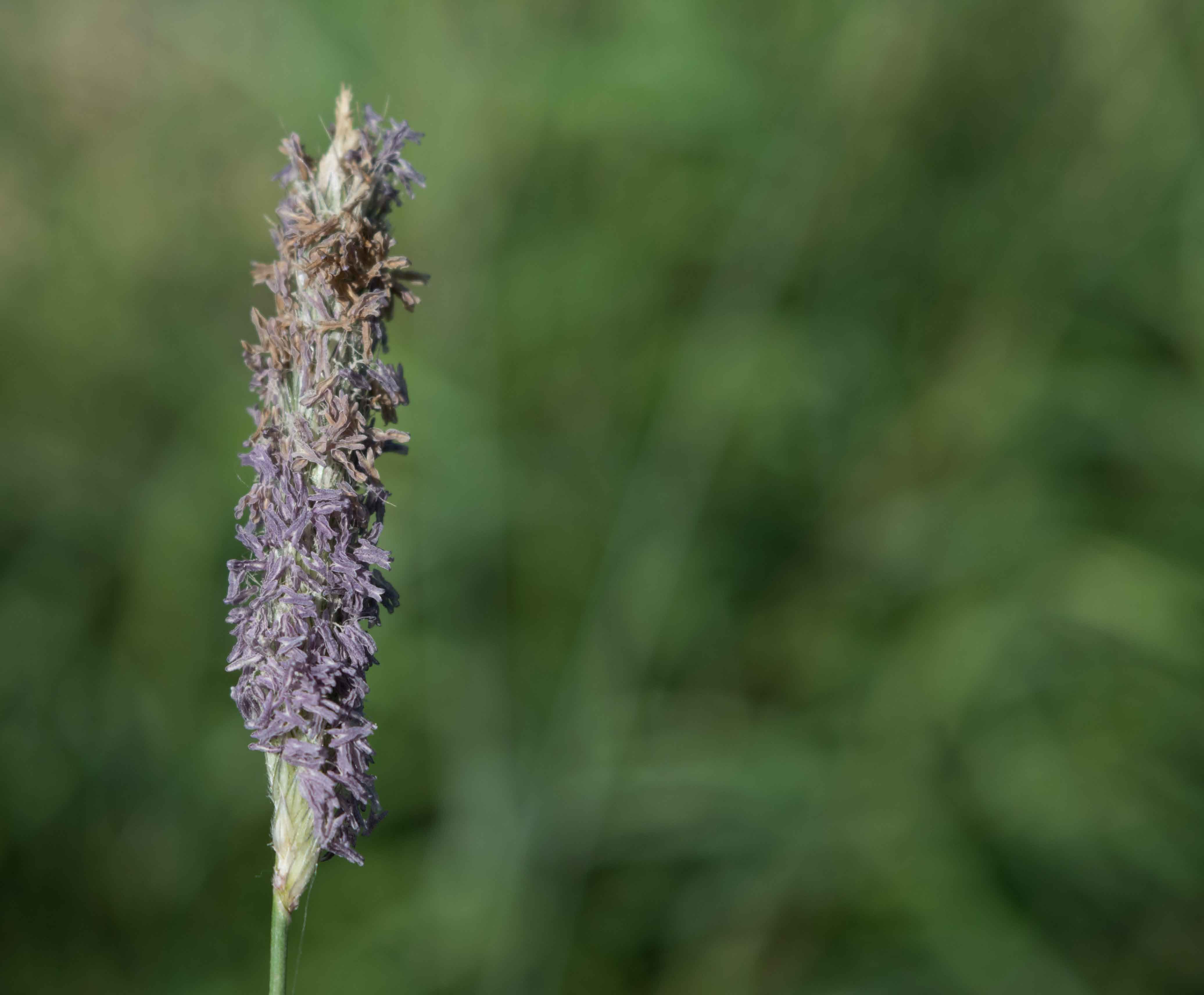It may not have been the best idea for a plant person to volunteer to monitor birds of prey. I mean, sure, I take lots of photos of birds. Some of them are even fair to decent.
But mostly, the bird photos kinda happen to me — I’m sitting at the kitchen table and an interesting bird drops by. Or I’m taking a hike and I hear a different bird call, and make it a point to find the bird and take it’s picture. I’ve never just sat for a couple of hours watching for a particular bird to show up.
And yet, that’s what I found myself doing yesterday morning — waiting for a prairie falcon, that may or may not have a nest in the nearby cliffs.
Even at 9:00 am, it was hot sitting in the direct sun. The only birds I saw were meadowlarks, which I love, admittedly, and swallows flitting along the cliff face where the prairie falcon was supposed to have a nest. Surely swallows wouldn’t nest in the same section of cliff where a falcon lives?
I checked my watch five times in half an hour. My mind wandered. And what should my wandering mind notice? Plants! Lots of them! In bloom! In vivid colors!
The plants that caught my eye first were the ever-showy sunflowers.

But when I went to photograph one, I saw this stunning metallic green sweat bee. I’m no poet, but if I was, I’d write about this beauty, covered in pollen. But I’d probably quit when I had to describe the sunflower — after all, what rhymes with orange? Still, I’ve got a gorgeous photo to express my emotions for me.
On the hill behind my observation post, Indian paintbrush was in bloom.

Did I mention that I got out there early, when the light was really great?
I had to stop shooting for a moment to pick cactus pines out of my knee (occupational hazard). When I turned around, there was a scarlet globemallow, aka Cowboy’s delight, waiting for it’s turn to be photographed. 
As you probably suspect from it’s name, this plant is in the same family as marsh mallows, from which people used to make the puffy sugar bombs, marshmallows.
Wild plants are an acquired taste. To really see their beauty, you have to get up close and personal. 
But scarlet globemallow rewards you when you do.
A plant that is a bit showier is wild rose. This one was being visited by a huge bumblebee.
It turns out that Colorado has more different types of bees than most places in the country. I have no idea why.
When I walked back to my car, I noticed a plant that I had missed in my haste to get to my site — purple reedgrass. 
You only see why it got its name for a very brief period of time in the early summer, when the grass is in bloom. The purple bits are the anthers — the part of the plant that produces pollen. They will soon drop off, leaving it a green stalk of developing seeds. Brief but beautiful.
The prairie falcon? Yeah, I did eventually see it for about thirty seconds at the base of the cliffs about a half mile away. Didn’t spot it’s nest, though. Maybe next time. If I can keep my mind from wandering to the plants.

Leave a reply to Hearts in Nature | Colorado In Depth and At Altitude Cancel reply